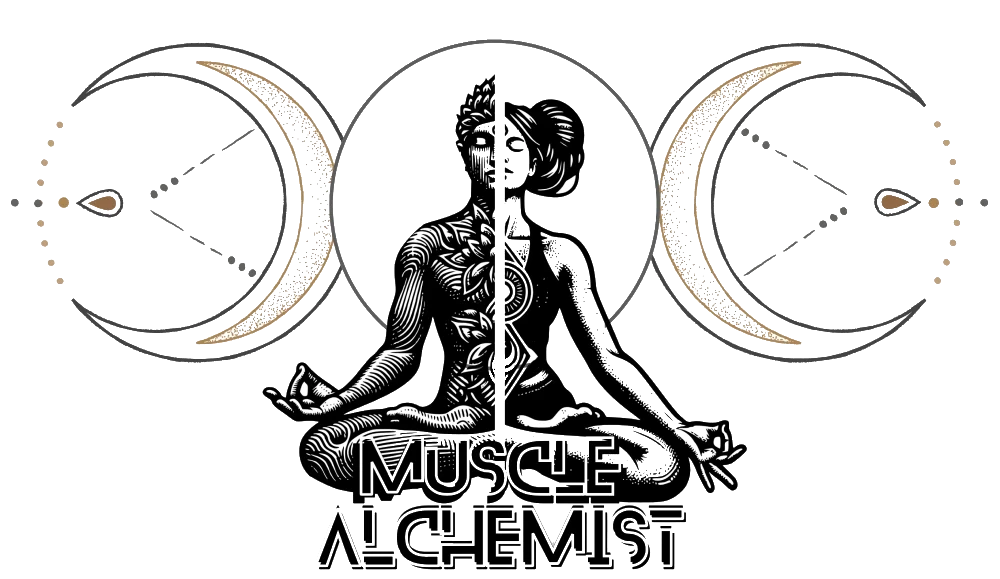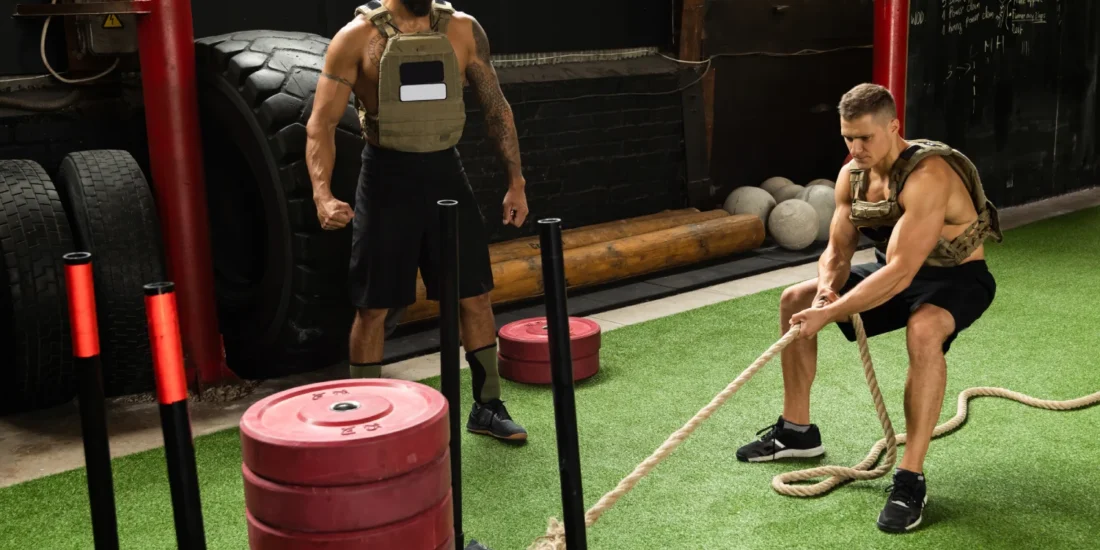When you think of top athletes, what comes to mind? Explosive power, sculpted muscles, unstoppable endurance? That’s not by accident—it’s the result of targeted strength and conditioning programs that elevate performance and transform bodies.
Whether you’re training for a sport or just want to level up your fitness game, incorporating these principles into your workouts can deliver serious results. In this blog, we’ll explore how to train like an athlete, improve strength, prevent injuries, and build a body that performs as well as it looks.
What is Strength & Conditioning?
Strength and conditioning isn’t just about lifting heavy weights. It’s a structured approach to improving your overall physical performance, including:
- Muscular strength
The maximal force that a muscle or muscle group can generate in a single effort.
- Explosive power
- Agility and speed
- Mobility and flexibility
- Enduranceand stamina
Endurance is the ability of the body or a specific muscle group to sustain prolonged physical activity without fatigue.
It’s the blueprint for building a balanced, resilient body that can handle the demands of competitive sports—or just everyday life.
The Core Pillars of Strength & Conditioning
1. Strength Training
Strength training forms the foundation of any conditioning program. Exercises like deadlifts, squats, bench presses, and pull-ups help you build raw strength, improve posture, and increase bone density.
Tips to Maximize Results:
- Stick to compound movements.
- Train 2–4 times a week depending on recovery.
- Focus on progressive overload—gradually increase weight or reps.
The systematic increase of stress placed on the body during training to stimulate muscle growth and strength gains.
2. Power & Plyometrics
Athletes need to move fast and explosively. That’s where plyometrics come in—think box jumps, medicine ball slams, and Olympic lifts. These exercises build fast-twitch muscle fibers, essential for speed and agility.
Best Practices:
- Do power training when you’re fresh—early in the workout.
- Focus on quality over quantity—form is key.
3. Conditioning
Cardio is important, but athlete conditioning goes beyond steady-state runs. High-intensity interval training (HIIT), sled pushes, and circuit-style workouts enhance anaerobic capacity, helping you push harder, longer.
4. Mobility & Flexibility
Strength without mobility leads to injury. Mobility drills improve joint function and flexibility, reducing tightness and increasing range of motion.
Examples:
- Dynamic warm-ups: leg swings, arm circles.
- Static stretches post-workout: hamstring or hip flexor stretches.
5. Recovery
Rest isn’t lazy—it’s strategic. Without recovery, your gains stall and injury risk spikes. Incorporate:
- 7–9 hours of sleep
- Active recovery days (light cycling, yoga)
- Proper hydration and nutrition
Sample Weekly Athlete Workout Plan
| Day | Focus | Sample Exercises |
|---|---|---|
| Monday | Lower Body Strength | Squats, Lunges, Hamstring Curls |
| Tuesday | Conditioning & Core | HIIT, Planks, Sled Push |
| Wednesday | Upper Body Power | Bench Press, Push Press, Box Jumps |
| Thursday | Active Recovery | Yoga, Mobility Flow |
| Friday | Total Body Strength | Deadlifts, Pull-ups, Farmer’s Carries |
| Saturday | Speed & Agility | Ladder Drills, Sprint Intervals, Plyos |
| Sunday | Rest | Light walk or foam rolling |
Final Thoughts
Training like an athlete is not just about looking the part—it’s about building strength, resilience, and long-term health. Whether you’re an amateur lifter or a weekend warrior, applying strength and conditioning techniques can revolutionize your fitness results.
Commit to consistency, train smart, and unlock the full potential of your body.

